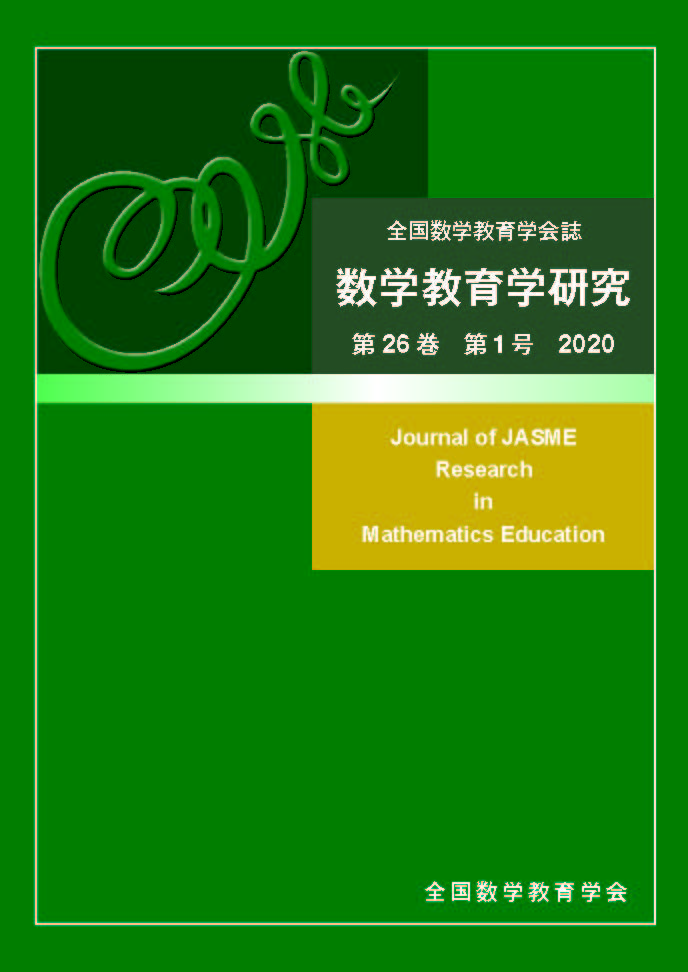The aim of this article is to discuss a significance of mathematical thinking (MT) and computational one (CT) from a perspective of modern literacy and suggest the major roles of school mathematics education. The authors have a standpoint that MT and CT are different modes of thinking; MT works when constructing an academic knowledge system, while CT brings forth when dealing with practical problems. So, we could suppose that there is a mutually complemental relationship between MT and CT. From this theoretical standpoint, we pointed out the varieties of meaning of computation by referring to a brief history of computation, computation instructed in school mathematics, and computer science. As a result, computation is essentially a series of possible processing in an automatic manner. Then, we characterized modern society from the three viewpoints: unavoidableness, implicitness, and agnosticism, which were drawn from the nature virtuality of modern society we identified. Computation is definitely a disembodied, technical operation, but recent data science takes humanity into consideration when simulating and making a useful model of phenomena. That implies the importance of emotional aspects such as intention, creativity, crisis, aesthesis, and so on, when we think within various contexts. So, we should form school mathematics education while appreciating the nature of mathematical and computational activity.
Finally, we identified three dimensions of literacy: cognitive, material, and socio-cultural and suggested that school mathematics education should have the role to let students have enough experience reflecting a mutual relationship between mathematics and computation. The authors described literacy having both individual, collective competence depending on a form of expression as a cultural product and an aggregation of knowledge permeating every part of our civilization. As stating above, actual human activity involves emotion, so school mathematics education should encourage students behave as authentic mathematical and computational actors, rather than encouraging acquisition of some new competences.
抄録全体を表示
